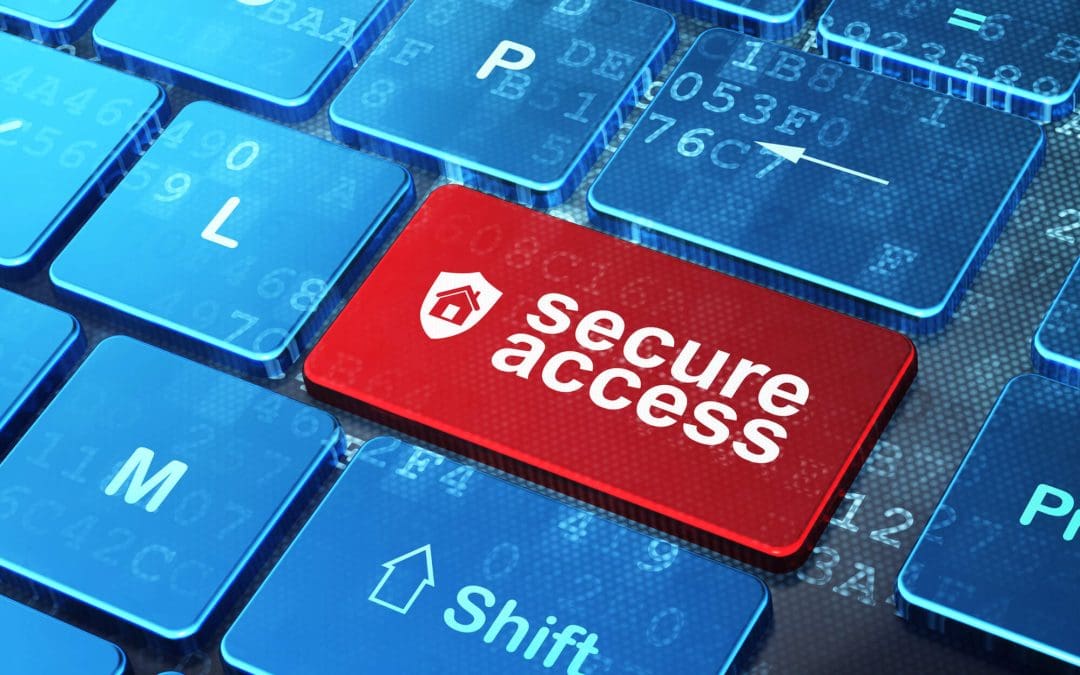These days, most of us wouldn’t dream of leaving our front doors unlocked. But when it comes to home cybersecurity, many people are doing just that—without realizing it. As our homes become more connected with smart TVs, thermostats, security cameras, and even refrigerators, the need for digital protection has never been greater. Cyber threats are no longer just a concern for big corporations; they’re something everyday homeowners need to think about too. Let’s break down what home cybersecurity really means, why it matters, and what simple steps you can take to keep your digital life safe.
Why Home Cybersecurity Matters
You might think your home network is too small to be a target, but that’s actually what makes it attractive to hackers. Cybercriminals often go for easy wins—devices without strong passwords, networks with no encryption, or outdated software. Once inside your system, they can steal personal information, spy on your online activity, or even use your devices as part of a larger cyber attack.
Your home is probably connected in more ways than you realize. Laptops, smartphones, tablets, smart speakers, and baby monitors all run through your Wi-Fi. If just one of those devices is vulnerable, your whole network could be at risk.
Securing Your Wi-Fi Network
Your Wi-Fi router is like the front gate to your digital home, and if it’s not locked up tight, you’re inviting trouble. First, make sure you change the default name and password that came with your router. Hackers can easily find default login details online. Choose a strong password that’s hard to guess and doesn’t use personal info like your birthdate or address.
Next, make sure your router is using WPA3 or at least WPA2 encryption. This adds a layer of protection between your devices and anyone trying to eavesdrop on your network. If your router is more than a few years old, it might be time to upgrade. Newer models are faster, more secure, and easier to manage.
And don’t forget about firmware updates. Just like your phone or computer, your router needs regular updates to patch security holes. Many modern routers let you set automatic updates—turn that on if it’s available.
Protecting Your Devices
Each device in your home is a potential entry point for hackers. Keeping them secure doesn’t have to be complicated. Start by turning on automatic updates wherever you can. Software updates do more than provide new features—they often fix serious security issues.
Use strong, unique passwords for each device and online account. If keeping track of them is overwhelming, consider using a password manager. These apps store your passwords securely and can even generate strong ones for you.
For added security, enable two-factor authentication whenever it’s offered. This means even if someone gets your password, they still need a second piece of info—like a code sent to your phone—to log in.
Watch Out for Smart Devices
Smart home devices make life easier, but they can also open the door to cyber threats if you’re not careful. Many of these gadgets—things like smart doorbells, thermostats, or even coffee makers—connect to the internet and may not have strong security features.
The first thing to do is change any default usernames and passwords. Then, check if the device has firmware updates and install them. It’s also a good idea to set up a separate Wi-Fi network just for your smart devices. That way, even if one device gets compromised, your main network stays safe.
Be Cautious Online
When it comes to cybersecurity, your habits matter just as much as hardware and settings. Be mindful of what you click on and where you enter personal information. Phishing scams often come in the form of emails or texts that look legitimate but are trying to trick you into giving up login info.
If something feels off or too good to be true, it probably is. Don’t click on suspicious links, and never download attachments from unknown senders. When in doubt, go directly to the source by typing the website address into your browser instead of clicking a link.
Home cybersecurity doesn’t have to be complicated. With a few smart habits and the right settings in place, you can enjoy all the benefits of a connected home without the risks. Think of it as locking the digital doors and windows—simple, smart, and worth doing.
FAQs on Home Cybersecurity
What’s the most important first step in home cybersecurity?
Start by securing your Wi-Fi router. Change the default password, enable encryption, and make sure it’s regularly updated. This one step can block a lot of potential threats.
Do I really need a separate network for smart devices?
It’s not absolutely required, but it adds an extra layer of security. If your smart devices are compromised, they won’t have access to your personal devices like laptops and phones.
Are antivirus programs still necessary?
Yes. While modern operating systems include some level of built-in protection, a reputable antivirus program gives you extra tools to catch threats before they become a problem.
How often should I update my passwords?
At least every six months, and anytime you suspect something might be compromised. Using a password manager makes this much easier.
Can kids and guests pose a cybersecurity risk?
They can—especially if they connect devices you don’t know about. Consider setting up a guest Wi-Fi network for visitors, and talk to your kids about safe online habits.
I Spy Inspectors provides professional home inspection services in Wisconsin. If you’re buying or selling a home, contact us to request an appointment.

